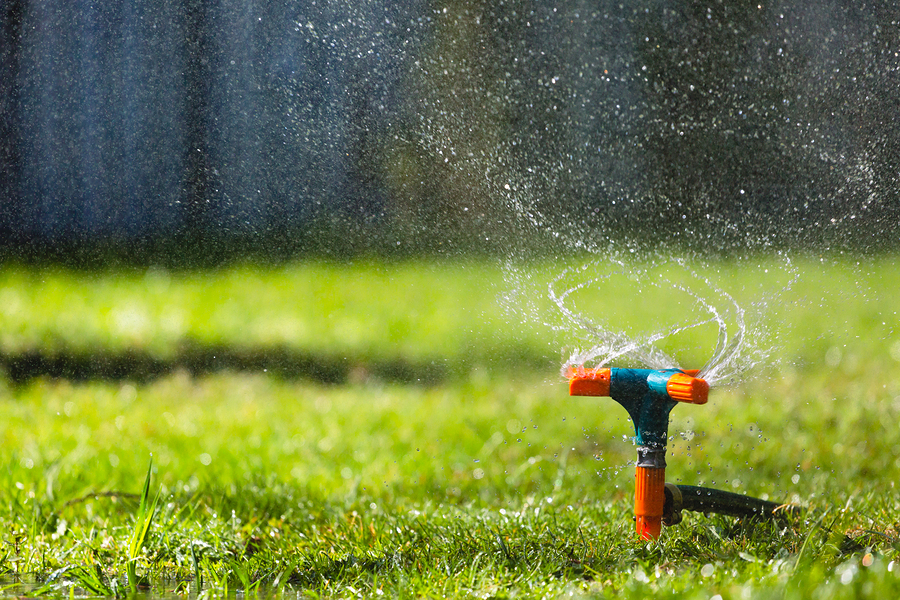How to set up your home sprinkler system schedule
Design elements aside, one of the biggest factors in maintaining a beautiful yard is water. Without proper hydration, grass and plants cannot flourish; in turn, your yard will look lifeless and unkempt. If you have spent your hard-earned money and time investing in things like arbors, fire pits, and artificial streams for your yard, you want it to look as lush and inviting as possible. Keeping a healthy yard usually involves a well-timed sprinkler system.
Deciding on when and how often to run your sprinklers can feel rather confusing. Sometimes, as is the case in a drought, the local government will place ordinances that let Rock Valley, Iowa, and Sioux Center, Iowa, residents know just how often (and for how long) they can run their sprinkler systems. If, however, drought is not of a concern, here is how to properly set up your sprinkler system schedule:
Calibrate
The first step to setting up your sprinkler system schedule is to calibrate your sprinkler. In order to determine how much water your sprinkler puts out in a certain time frame, it needs to be measured. An easy way to do say is to set up a small can (like a can from canned tuna fish) in the middle of the sprinkler’s water pattern within a particular zone.
Allow the sprinkler to run for ten minutes and then measure the amounts of water within the can. There should be .25” of water. If there is not, adjust the time so that the sprinkler runs for as long as it takes to get .25” of water in the can. Do this for each sprinkler zone. Times will vary depending on the size of the sprinkler spray heads (full circle rotor zones, for example, will likely take 30-45 minutes, whereas small spray heads may only take 3-4 minutes).
Water Deeply
While you do not want your sprinklers emitting more than .25” of water per hour (as the soil cannot absorb it), you do want around .5” of water on your lawn each time you water it. If you have an automatic sprinkler system, you can set your system to run back-to-back so that .25” of water is being dispersed each time for a total of .5”.
Infrequent Watering
Between rain and irrigation, a normal-sized lawn requires one-to-two inches of water with a certain amount of time in-between watering so that healthy rooting can take place. In cooler weather, setting your system to run twice a week (Monday and Thursday or Tuesday and Friday) is a great place to start. In warmer weather, more water will be needed due to the heat, and the system can be calibrated to run Monday, Wednesday, and Friday for a total of 1.5” of water a week. If you live in a rainy region, investing in a rain gauge can help you determine how much water your lawn has already received from the natural elements.
While there are variables that play into how often you should water your lawn, the tips listed above serve as a great “beginner’s guide” to setting up a proper home sprinkler system schedule.
